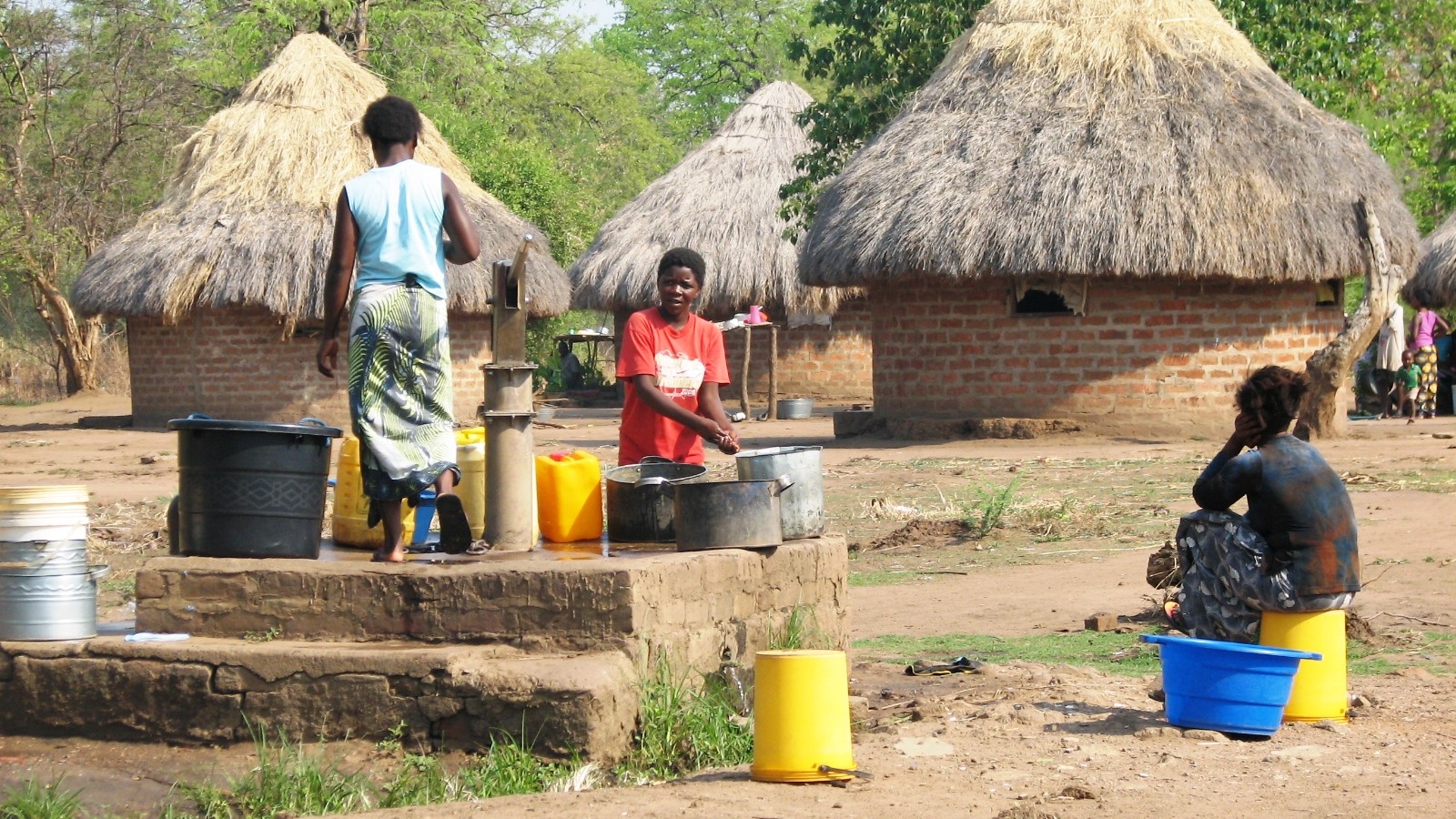Zambia is facing its largest cholera outbreak in at least a decade, with over 600 deaths recorded since October 2023. Although the number of daily cases has significantly decreased since the end of last year — enough for the government to reopen schools after a month’s delay — the threat is still looming, as noted by Sarah Nyirongo Ngoma from the Midwives Association of Zambia.
For one thing, the case fatality rate remains high at 3.5%, as opposed to the WHO threshold of <1%. There is also a limit to the public health interventions implemented since the beginning of the outbreak. The fact that things are looking better than two months ago shouldn’t be taken as reason enough for complacency, Ngoma warns. Instead, both the government and public health authorities should seize the moment to carry out more public health education programs and, equally important, improve living conditions that have facilitated the outbreak in the first place.
Read more | “No cool helicopters” to save those at risk of cholera
One of the most significant risk factors for cholera is the lack of proper water and sanitation infrastructure — infrastructure that remains substandard for many in Zambia. Volunteers dispatched into the community to trace the origins of the outbreak in Lusaka discovered strong links to the local sanitation system, which had overflowed due to heavy rainfall. “Places would have a large latrine, and nearby would be a water source, such as a well,” says Ngoma.
Throughout the outbreak, the improvement of such infrastructure was neglected. While governmental and non-governmental organizations, health workers’ associations, and international agencies ensured the delivery of enough protective equipment and chlorine to cholera centers and other health institutions, strategic interventions were lacking. Specifically, there was a failure to develop a proper strategy to strengthen water infrastructure in households dependent on wells.
“The reports said the schools have been inspected and are ready to be opened. Well, the schools might be ready for opening, but you haven’t really attended to the homes from which the students are coming from.”
In order to improve water and sanitation infrastructure, in addition to a sound strategy and vision, the government should also be able to invest adequate resources. This is complicated by the fact that Zambia continues to carry a high debt burden, which is depleting its public services and infrastructure budget. In 2021, the country spent more on servicing debt than on investments in health, water, and sanitation combined.
Read more | Neocolonial debt, extractivism, and the roots of Zambia’s economic crisis
This doesn’t only translate into weak public services and few health facilities, but also means inadequate numbers of health workers. Three years ago, Zambia had 1.9 nurses and only 0.3 physicians per 1,000 people. In other words, when the outbreak hit, health authorities not only had to call on health workers who were already retired to support the cholera response but also relied heavily on hundreds of volunteers.
“Because we are already short-staffed, people were called from health facilities to work at the stadium, which was used as the main cholera center. Everybody who was on leave was called back, the senior nurses and midwives were called back,” says Ngoma.
Once again, the health workers shouldered an incredible responsibility, yet they were not offered all the support that they could have used. This was particularly true when it came to mental health support, according to Ngoma. Working through epidemics is different from everyday medical work, she said. “As nurses, as physicians, we see that it is different when there is an outbreak. You struggle in a different way: somebody is dying, somebody is vomiting, you are trying to resuscitate them, but they end up dying.”
Watch more | World Water Day: What’s behind the rise in cholera cases?
The health workers received oral cholera vaccines, as did thousands of people. The vaccine rollout, supported by the World Health Organization (WHO) and UNICEF, did contribute to the containment of the outbreak. Approximately 1.7 million vaccine doses were deployed to Zambia during this outbreak, but uncertainty looms over the next phases of the response as the global shortage of the vaccine continues. In fact, the government in Zambia had requested an additional 3.3 million vaccines for the ongoing response but was allocated only a portion of that request due to depleted vaccine stocks.
According to some estimates, 40 million doses of the vaccine will be available for cholera response in 2024. This falls short of the projected needs, which stand at around 90 million vaccine doses. This gap means that many countries might not even be able to implement the scaled-down one-dose regimen introduced by the WHO. The aim of this regimen is to balance the growing numbers of cholera cases globally over the past couple of years with the limited vaccines produced.
The shortage is even more disturbing when taking into account that the flare-up in Zambia is only a part of a larger, regional outbreak that has strained health systems all over the continent over the past two years. Public health experts and agencies have pointed out that the current spread of cholera is one of the deadliest in the past decade. During this period, more than 4000 people died of cholera, and hundreds of thousands were infected.
People’s Health Dispatch is a fortnightly bulletin published by the People’s Health Movement and Peoples Dispatch. For more articles and to subscribe to People’s Health Dispatch, click here.





